Beauty and Joy: An interview with artist Cig Harvey
Culture — 15.06.22
Portrait & Words: Madeleine Morlet
Photography: Cig Harvey
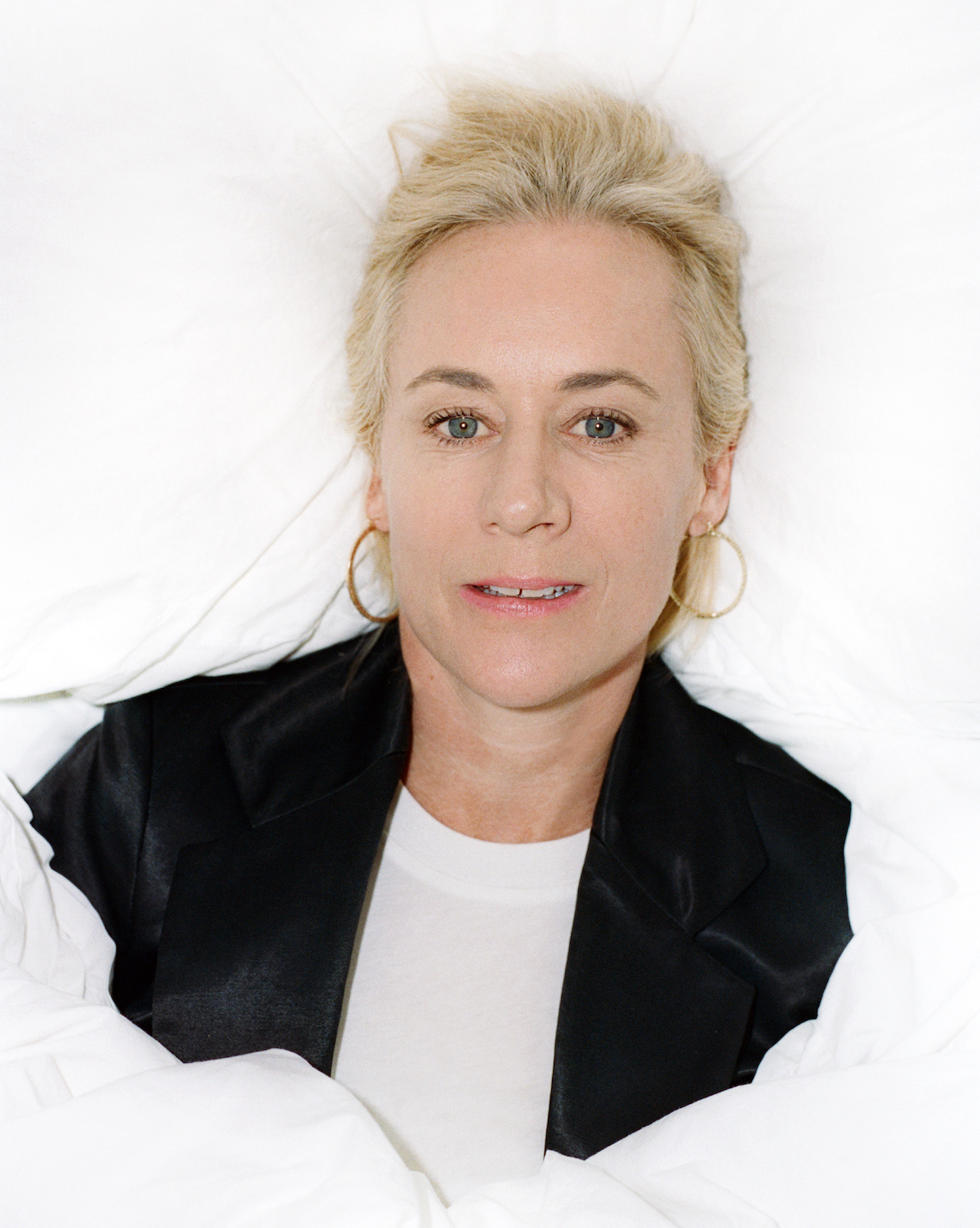 Cig Harvey, who has a cult-like following, is an artist and writer based in Rockport, Maine. This is also the small town in America that I live in. My now-husband, who used to have a bad habit of assuming matching accents equal friendship and would often try to set me up at social events, introduced me to her in 2013. Well done Ben, in the subsequent ten years, she has become one of my best friends.
Cig Harvey, who has a cult-like following, is an artist and writer based in Rockport, Maine. This is also the small town in America that I live in. My now-husband, who used to have a bad habit of assuming matching accents equal friendship and would often try to set me up at social events, introduced me to her in 2013. Well done Ben, in the subsequent ten years, she has become one of my best friends.
Harvey’s work inspires the five basic senses, it is rich in color and descriptive in its texture, her images and words do something which is very rare in the art world – they promote beauty and joy. Blue Violet, which I would describe as a seminal piece, was first published by Monacelli Press in 2021 and will release its third and final printing this June. This is Harvey’s fourth sold-out monograph, following the successes of You An Orchestra, You A Bomb (2017), Gardening At Night (2015) and You Look At Me Like An Emergency (2012).
Blue Violet is heavy, with a cloth printed hardcover, vivid hot pink endpapers, and french fold binding which gives the work extra weight and, with each turning page, reminds us of a flower in bloom. Photography is an interesting medium because a single image often is experienced as a stand-alone piece and in that state, its meaning is can be two-dimensional. A photography book allows for context, it is a three-dimensional object with so much potential for narrative. Here, pairing text with images, Blue Violet uses flowers as a metaphor to tell the story of life, love, and loss.
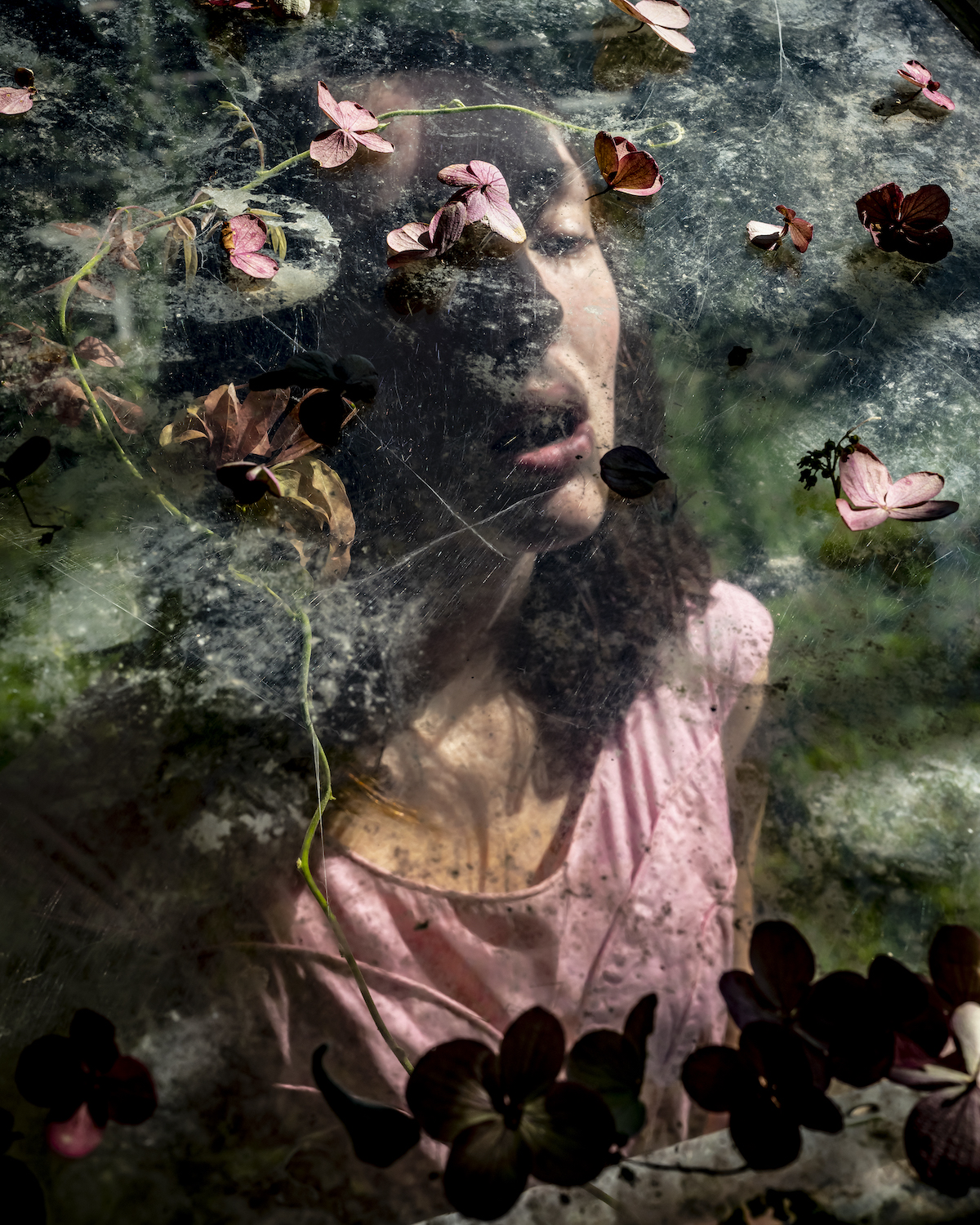 Madeleine Morlet: Your work shifted when our friend Mary was diagnosed with cancer in 2017, in the opening Field Notes of Blue Violet you write “On one visit to Dana-Farber Cancer Institute, I hang prisms in the window, and in the afternoon, for a brief twenty minutes when the sun moves between the two high-rises opposite her hospital bed, Mary’s room fills with rainbows. A gift of light.” In a way what you have made is an extension of that moment, can you tell us about where Blue Violet began?
Madeleine Morlet: Your work shifted when our friend Mary was diagnosed with cancer in 2017, in the opening Field Notes of Blue Violet you write “On one visit to Dana-Farber Cancer Institute, I hang prisms in the window, and in the afternoon, for a brief twenty minutes when the sun moves between the two high-rises opposite her hospital bed, Mary’s room fills with rainbows. A gift of light.” In a way what you have made is an extension of that moment, can you tell us about where Blue Violet began?
Cig Harvey: It is that response to Mary being in Dana-Farber, we would FaceTime every day and I would show her what I was making. I will always [reflect] on this book as a two-part thing, coming out of Mary’s death, and then the heft of the writing, editing and design was done during COVID. I think of it as this personal response to grief but also this collective response to grief… maybe that is why the work has touched a nerve with people. I don’t know if I ever showed you the work I was making after You An Orchestra, You A Bomb? It was really minimal, a roll of white material propped against a white wall with a single drop of red… and then Mary got sick and almost overnight, without intention, that suddenly started changing and becoming maximalist. I moved to using all of the frame and there was this sort of riot and exuberance and sensory experience… photography is the Ouija board, right?
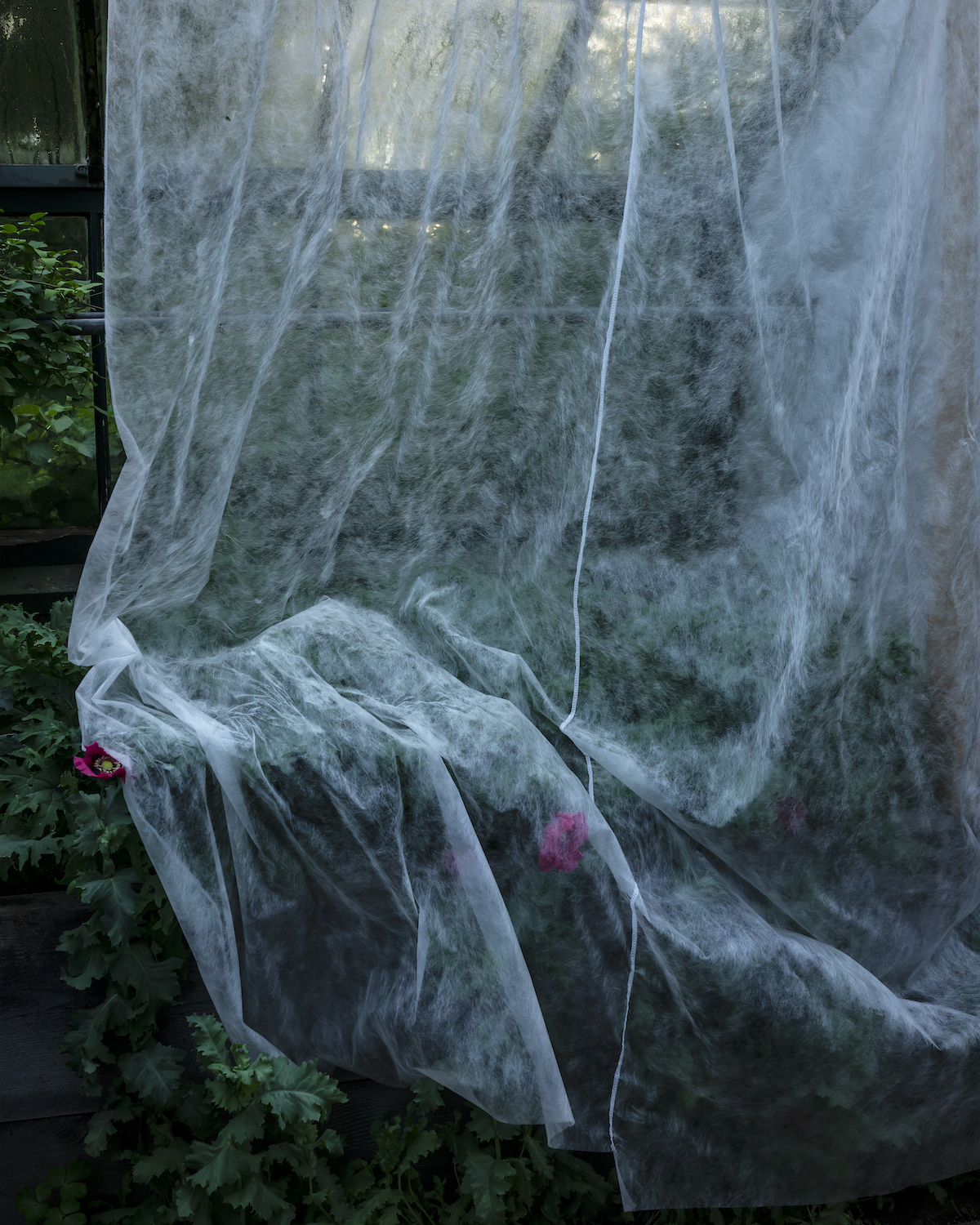
Being familiar with your practice, and often in conversation with you about what you are making, I know that your books are the accumulation of many years of work. Something that was very interesting to me coming back to Blue Violet a year after its first publication, is that Mary is only mentioned in the introduction and conclusion. This book isn’t about loss.
In fact, it’s about living! Just initially I didn’t have the intro or the outro in it, it’s only at the end that I realized [the work] doesn’t have any context. Without this context, it didn’t make sense, [everything in the] middle of the book is a response to this beginning and the end.
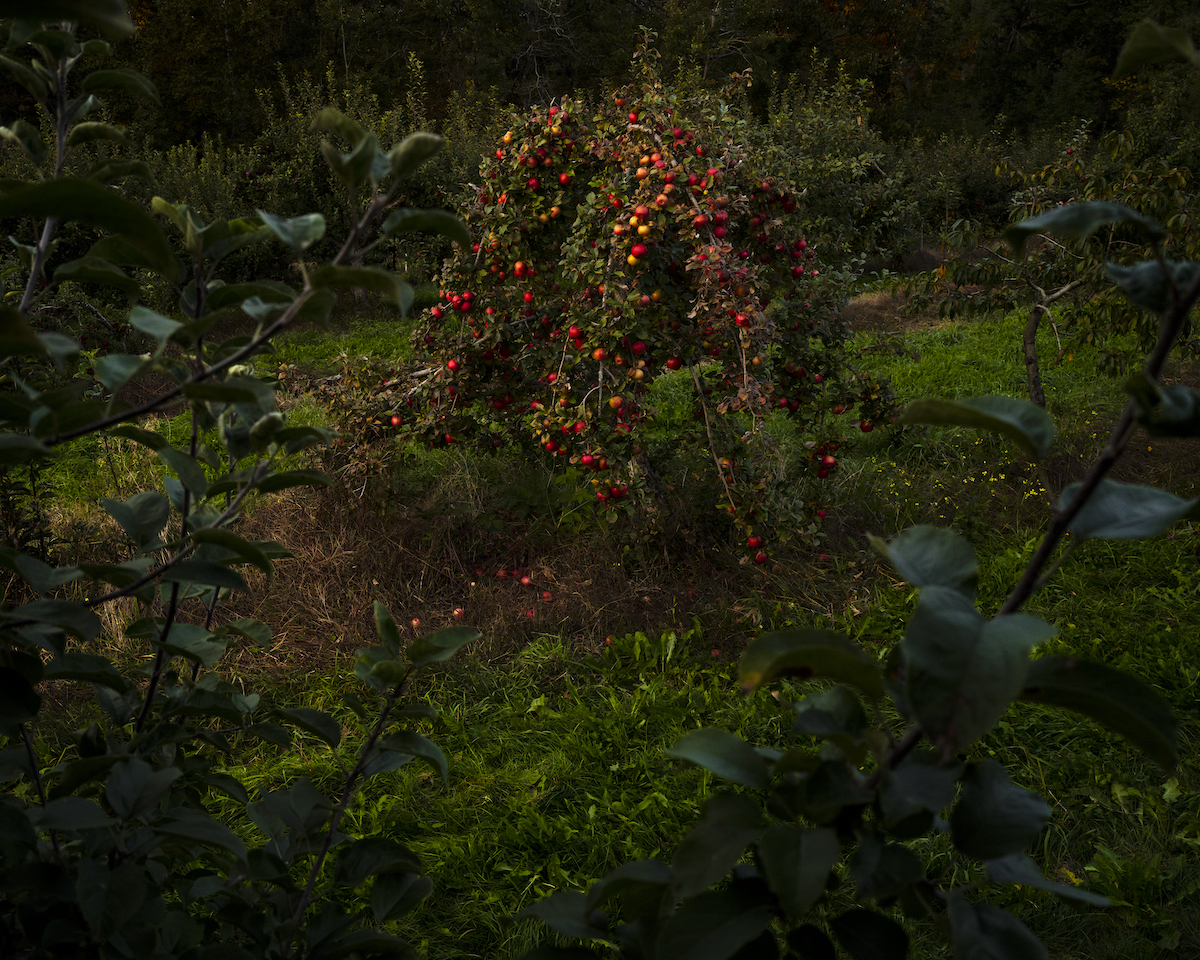
It reminds me of perfume, how the strength of scents in a bottle is not proportional to their volume. In a 100ml bottle, the most powerful scent can be the smallest percentile of that liquid body. Mary is this note in the narrative.
I didn’t set out with that thesis, that this was going to be the form that holds it but that is exactly what it is.
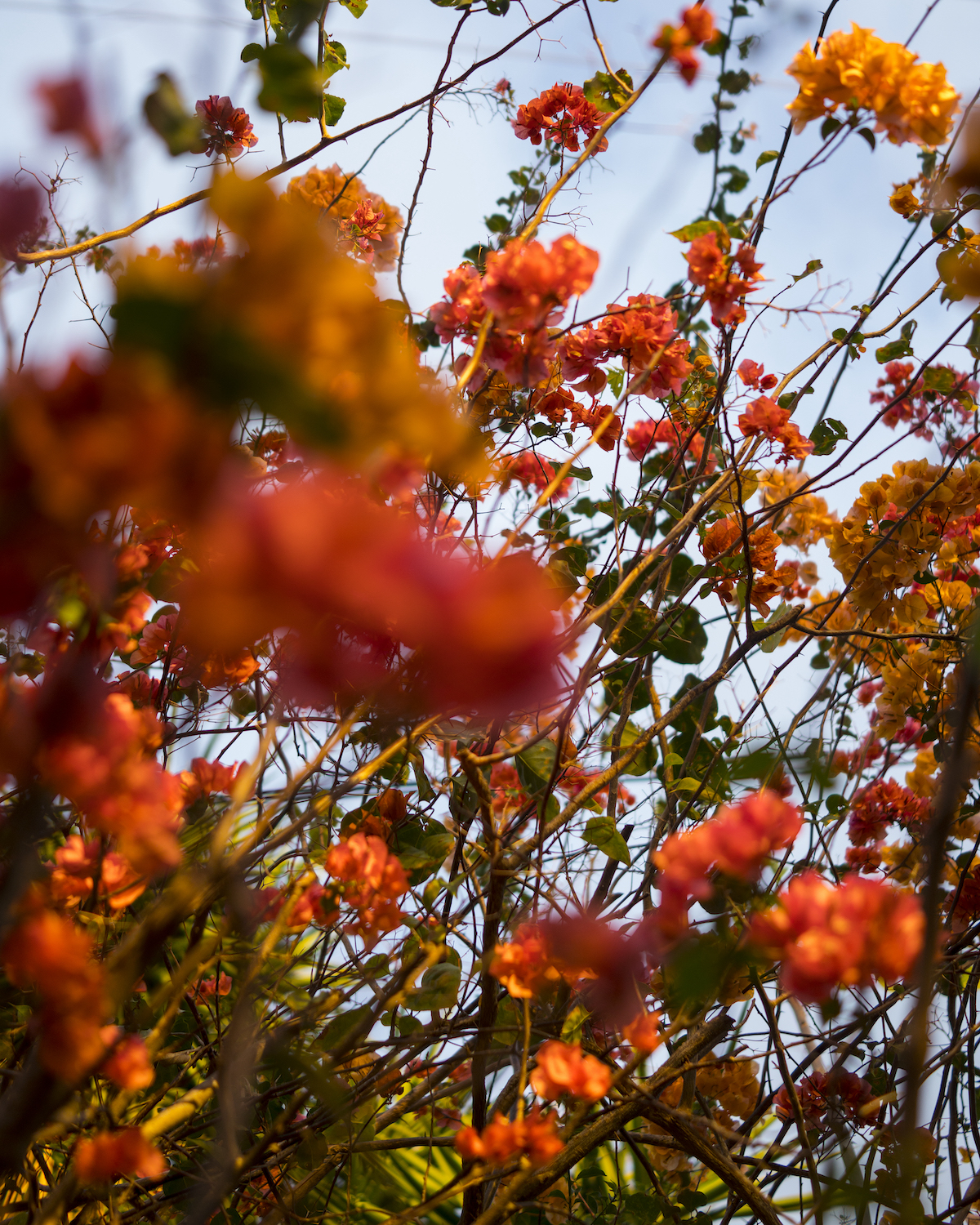
Can you talk to me a little bit about your writing practice?
I’m actually in the deep throes with my writing right now, which is wonderful. I wake up and make coffee, on my desk I will have made a note at some point the day or week before, this morning I wrote about the maple pollen on the roads, that it was making the roads all gold. Then I sit down [and I write to that]. There is something in real life that triggers an observation, something I want to remember or appreciate, or think more about, and then I take that idea into [my] writing practice and I’m very intentional [with it].
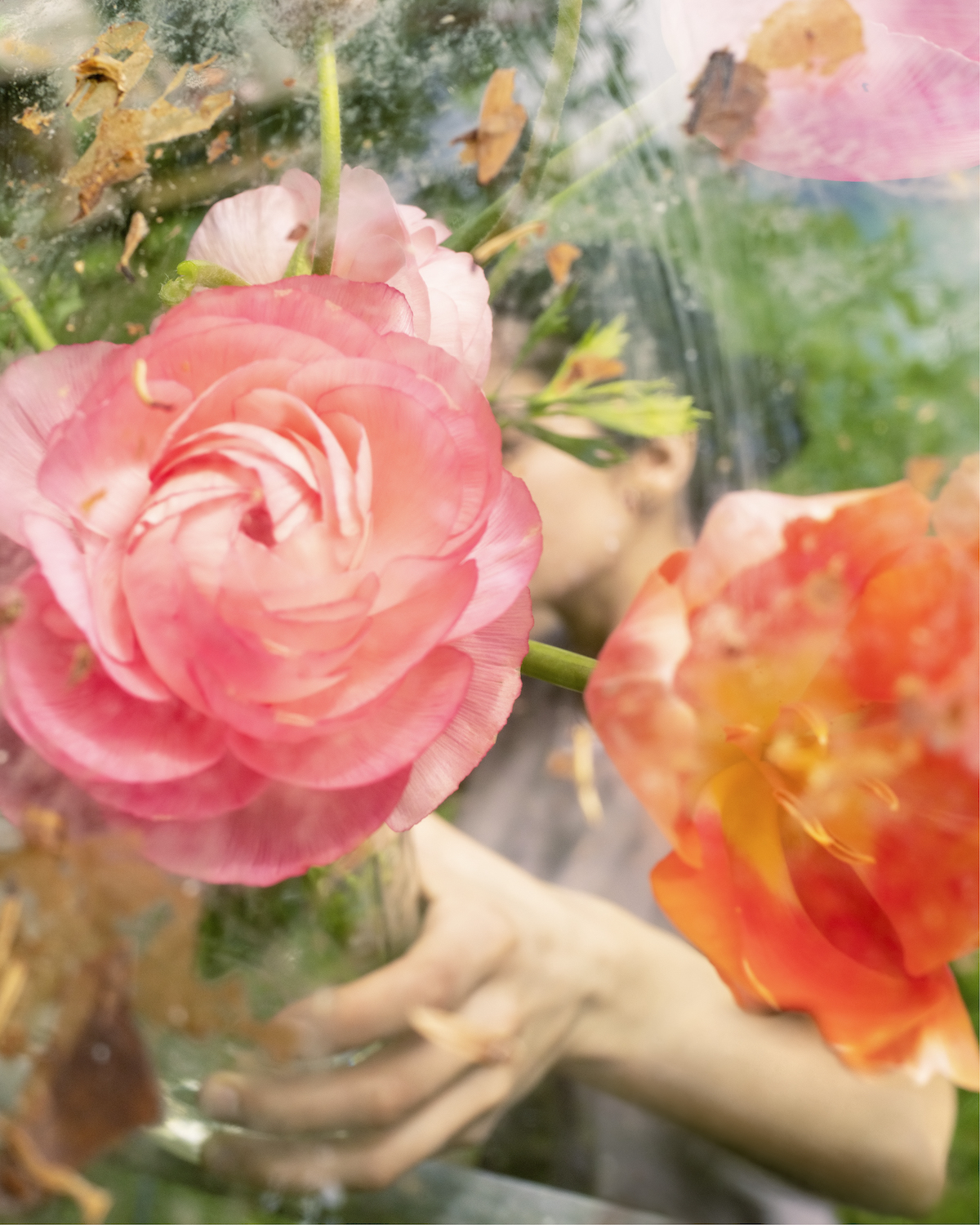
What are you studying at the moment?
I am now writing about color. In as much as with Blue Violet I really wrote about plants and flowers and used that as a vehicle, I’m only writing about color and my relationships with color and how I feel about color.
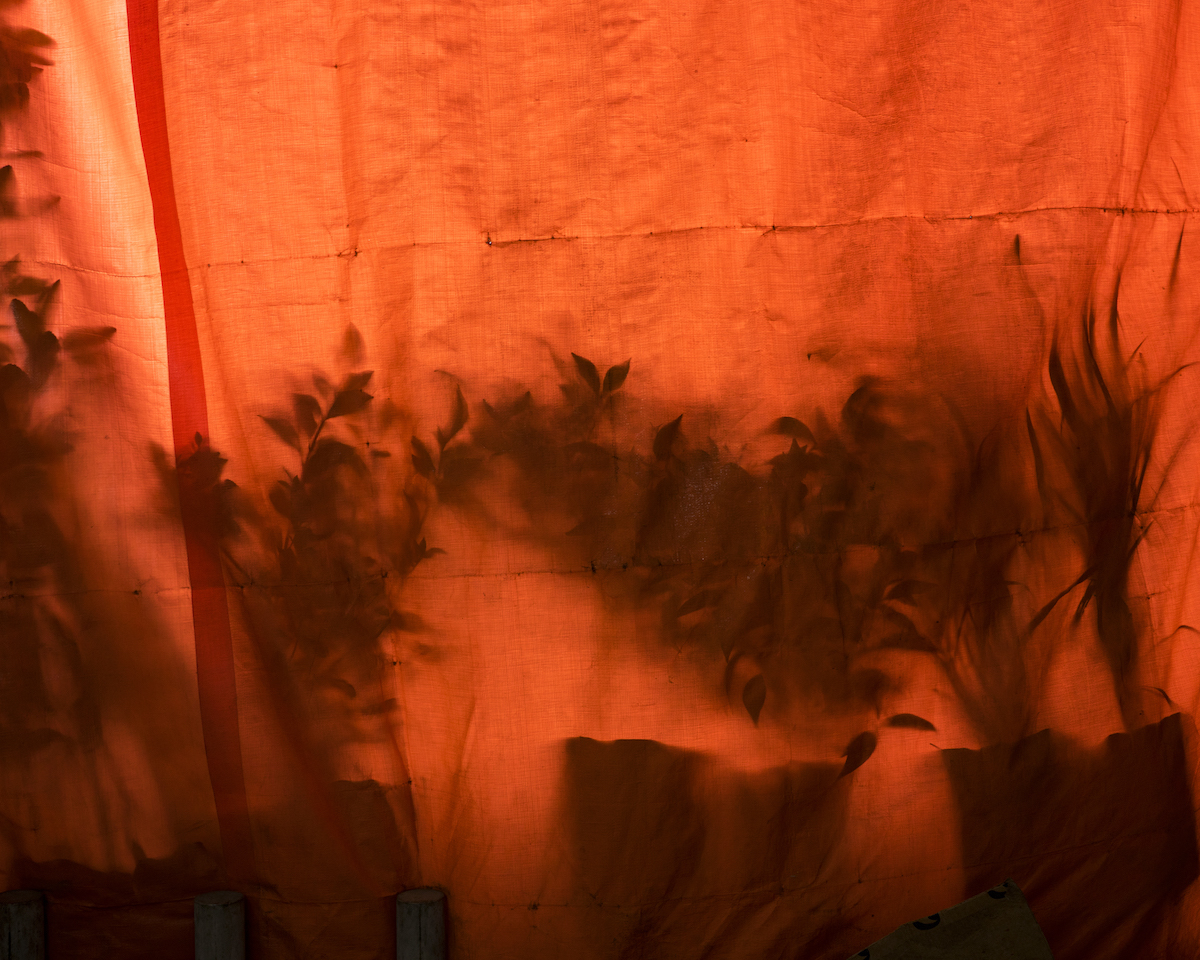
This is a subject that has interested you for a long time, the opening pages of You A Bomb, You An Orchestra also briefly detail your life through color.
Exactly, so it’s not new but it’s [also] the first time I’ve fully given myself to it. So in response to your question, I am reading and learning about color through history, color through the ages, the Forbes collection at Harvard with pigments collected over hundreds of years from all over the world, I’m reading a lot of the science of color which is the opposite of the experience of color. I’m writing my own color chart…
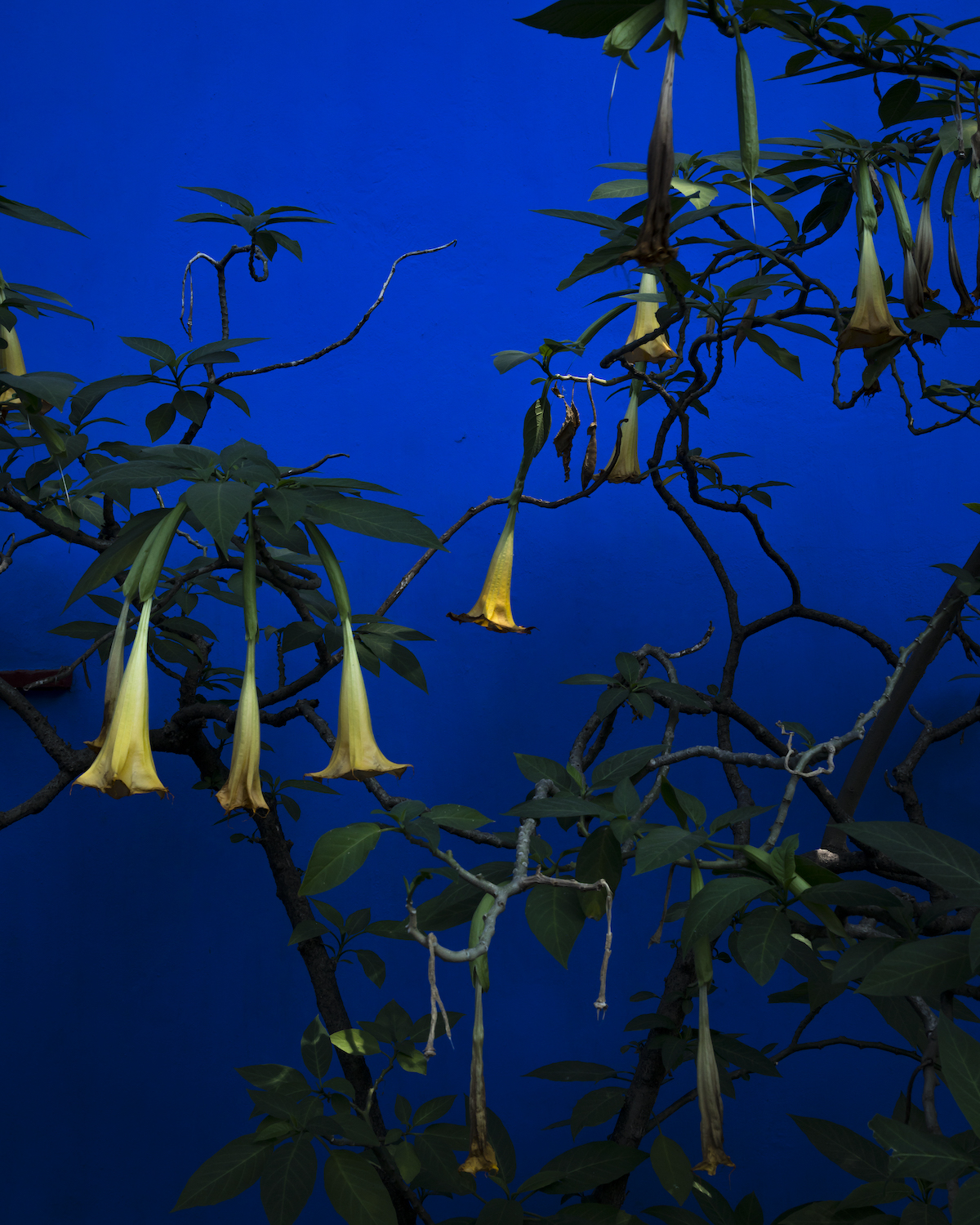
Giving each color names to make up for Pantone taking the names away?
Yes! Exactly. It’s a really deep dive into color, but of course, it grew out of the earlier work. I still need to find what the pillars are, and what the framework is, and I don’t know the answer to that yet.
 Blue Violet, although informed by the continuum of Harvey’s 25-year photography career, marks a stylistic departure from her earlier books both in content and design. There is no other photography book like it. I have gifted copies to my parents, my best friends, and even my neighbors. I have bought more copies of Blue Violet than any other book in my lifetime. This book is a gift of pure magic, the dream almanac for flora and fauna. “A posy of blue violets means everlasting love.” Now that its third and final print has been released, all of us can eagerly anticipate what Harvey will share next on the world of color.
Blue Violet, although informed by the continuum of Harvey’s 25-year photography career, marks a stylistic departure from her earlier books both in content and design. There is no other photography book like it. I have gifted copies to my parents, my best friends, and even my neighbors. I have bought more copies of Blue Violet than any other book in my lifetime. This book is a gift of pure magic, the dream almanac for flora and fauna. “A posy of blue violets means everlasting love.” Now that its third and final print has been released, all of us can eagerly anticipate what Harvey will share next on the world of color.
You can order Blue Violet here or wherever good books are sold.